Industry Trends: Solving Clarity at High Speed in Machine Vision
Equipment manufacturers face many challenges meeting expectations for high speed inspection. Here's how they'll be solving them in 2021.
They say the devil is in the details, and if that’s true then the only remaining question is, “how do you see him in there?” High speed is one of the answers. Capturing image data at higher speeds means more data, more information, and indeed more details, and all for less money.
But it’s not just a matter of faster shuttering, it’s about new technology enabling higher speeds and high performance image capture. Read on to learn more about high-speed scanning and super-resolution cameras, and how that’s bringing improved clarity to quality inspections.
What’s driving the need for speed?
Business is demanding more precision, more detail, and more information, and it’s demanding it now. As a result, cameras – and the peripherals that surround them – are getting smarter. Machine learning and AI capabilities are putting more of the heavy lifting inside the machine, and sophisticated software and algorithms in the cameras and frame grabbers enable the capture of more resolution, data, and detail at lower cost.
See more, know more
From increasing frame rates to increasing pixel size, it’s about more. It’s about taking bursts of images in the time it used to take for a single image, making multiple passes over a single object in parallel, and capturing an entire field of vision in stunning clarity and depth.
It’s also about knowing more, understanding more about the objects we’re looking at so that we can analyze and classify them more completely.
Problems & Solutions
The needs of business and some of the ways that Teledyne is meeting those needs with technology.
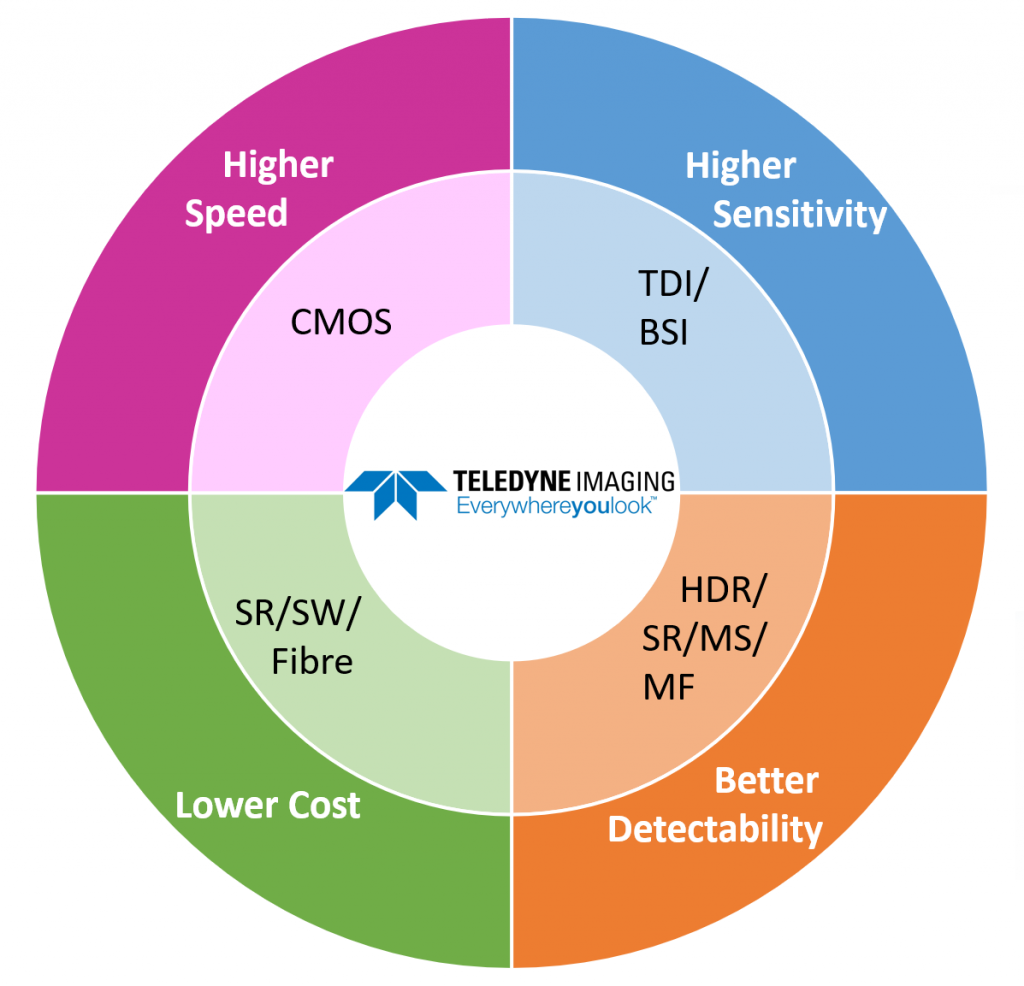
- One way we’re driving higher speed is by putting analog-to-digital conversion capabilities directly on the CMOS, enabling lightning-fast conversion.
- Lower costs are enabled by using less expensive fibre, exploiting software for data crunching, and leveraging super resolution imaging.
- As more data comes in, you need to handle more photons in very little time. That need for higher sensitivity can be addressed through TDI (time delay and integration) and backside illumination.
- Finally, business needs better detectability to find defects more efficiently and measure the previously unmeasurable. Enter high speed, which enables high dynamic range (HDR), multiple frames, super resolution, multi-spectral devices, and even multi-field capture.
See it All with High-Speed Area Scan
From frame rate to resolution, and from pixels to profiles, high-speed area scanning is making the world more visible. Here are a few of the ways that Teledyne is showing you more.
1. Reduce takt Time with Higher Frame Rates
In the past you might have taken 4 images of a circuit board in the time it now takes for 30-50 images, with varying angles, wavelengths, and positions. That dramatically reduces the time it takes to complete a project to meet customer demand (takt time).
2. Reduce takt Time with Higher Resolution
Higher resolution means a larger field of view. The same circuit board that used to require multiple passes for image capture can now image in a single pass, again reducing takt time. Combined with higher frame rates, the difference is game-changing.
3. Detect more with Higher Resolution
Higher resolution also means more detail in the same area – for example, a one-megapixel camera may have a resolution of 30 microns, resulting in blurry edges or unreadable letters on a microchip. Driving that resolution down to close to 3 microns pops the detail and enables more classification and detection.
4. Defeat lighting challenges with larger pixels
More speed means less time to collect the photons you need. Larger pixels capture more photons in a shorter time and offer much better image quality. They also result in a higher full well, which provides a better signal-to-noise ratio. Note, though, that larger pixels need larger lenses. (Don’t worry, we can help with those too.)
5. Squeeze Regions of Interest to increase resolution
By focusing the field of vision to just what needs to be captured, the full resolution of the camera is applied to that smaller area, effectively increasing the resolution. By reducing the focus area, the pass is also shorter, enabling more passes in the same amount of time.

6. Make special effects more special with high-speed area scan
No more LEDs stuck to actors: today’s cameras can capture entire scenes rather than just LED-driven actions, and today’s software can reconstruct the scene and actors for high-end CGI or video game choreography.
7. Find new defects with HDR
Speed gives you options. You can now trade off speed for detectability to find defects you couldn’t find before. High dynamic range (HDR) mode lets you take one image with low gain (you’ll see bright details) and one image with high gain (dark details). When combined, you get the best of both and far more detail in less time than a standard single image.
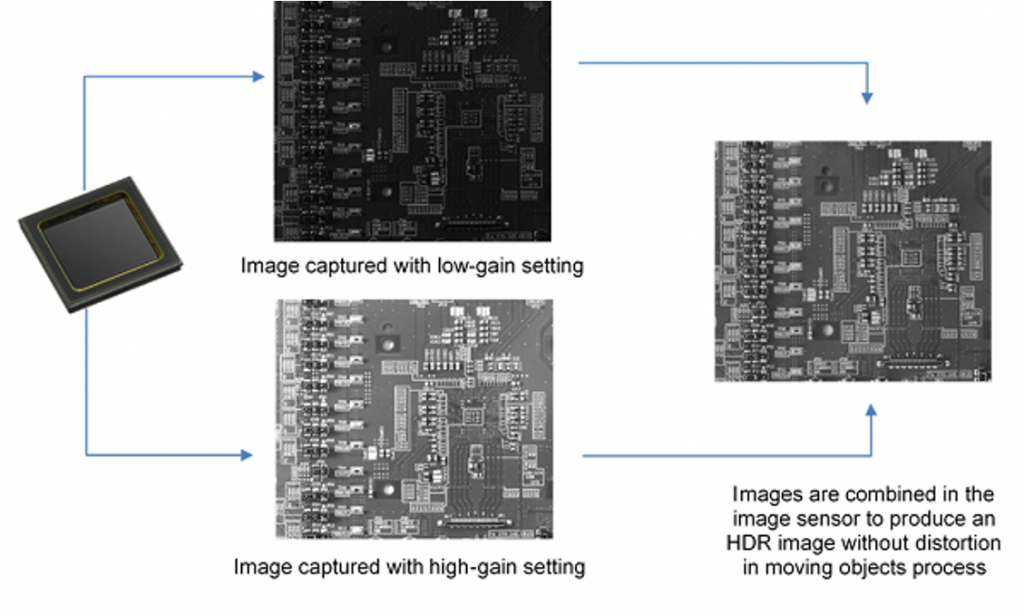
8. Bringing it all together
And where does all this data get reconstructed? In the camera? On the frame grabber, or on the host through drivers? Improving camera sensors takes care of a lot of it, and super resolution inside the camera is also critical. Coding in the camera and decoding in the frame grabber or host enables lower-cost interfaces and lets you drive more data.
See it Faster with High-Speed Line Scan
With line scan imaging the sensors are in a single row, and either the camera or the object moves stage by stage. The advantage? It’s really, really fast.
1. Mono & HDR: The best of both worlds
Teledyne’s co-linear sensor architecture means that you can use two different full well settings for the same image, much like HDR area scanning. Combining the bright and dark images results in far more clarity and detail.
2. Separating your colors with dichroic filters
By coding a dichroic filter directly on silicon, multispectral imagery is enabled. This separates (and then reconstructs) the color channels and eliminates crosstalk between the channels.
3. Show me the money: increasing security with NIR
As cameras improve, so too does security: inks only visible in the near infrared band are used on banknotes, sporting event tickets, etc. to ensure authenticity. Higher and higher resolutions allows for increased security.
4. See deeply with different wavelengths
Your light source often determines what you see, and when you want to see deeply the best light is multispectral near infrared light. Figure 3 shows the same circuit board under UV, visible, and NIR light.
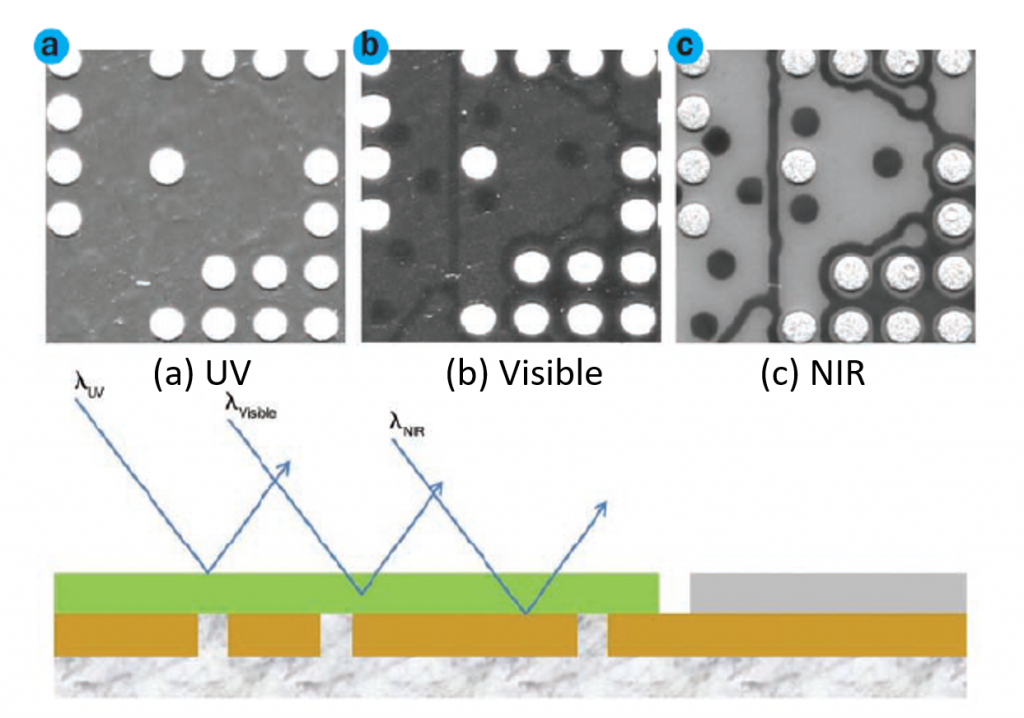
5. Getting brighter with TDI
TDI uses multiple exposures of the same (moving) object, effectively increasing the integration time available to collect light. This means you get more speed and need less light, saving time and costs.
6. Super resolution, super results
How do you get to super resolution? Take two very high-resolution images and combine them using software, of course. At Teledyne we’re using two 16K arrays with slight pixel offsets and reconstructing them with sophisticated frame grabber software. The result is a crisp 32K output, at 2/5 x 2/5 Microns.

7. Get it together with multifield imaging
Imagine capturing brightfield, darkfield, and backlit images in a single scan. You can improve system throughput and takt time dramatically.
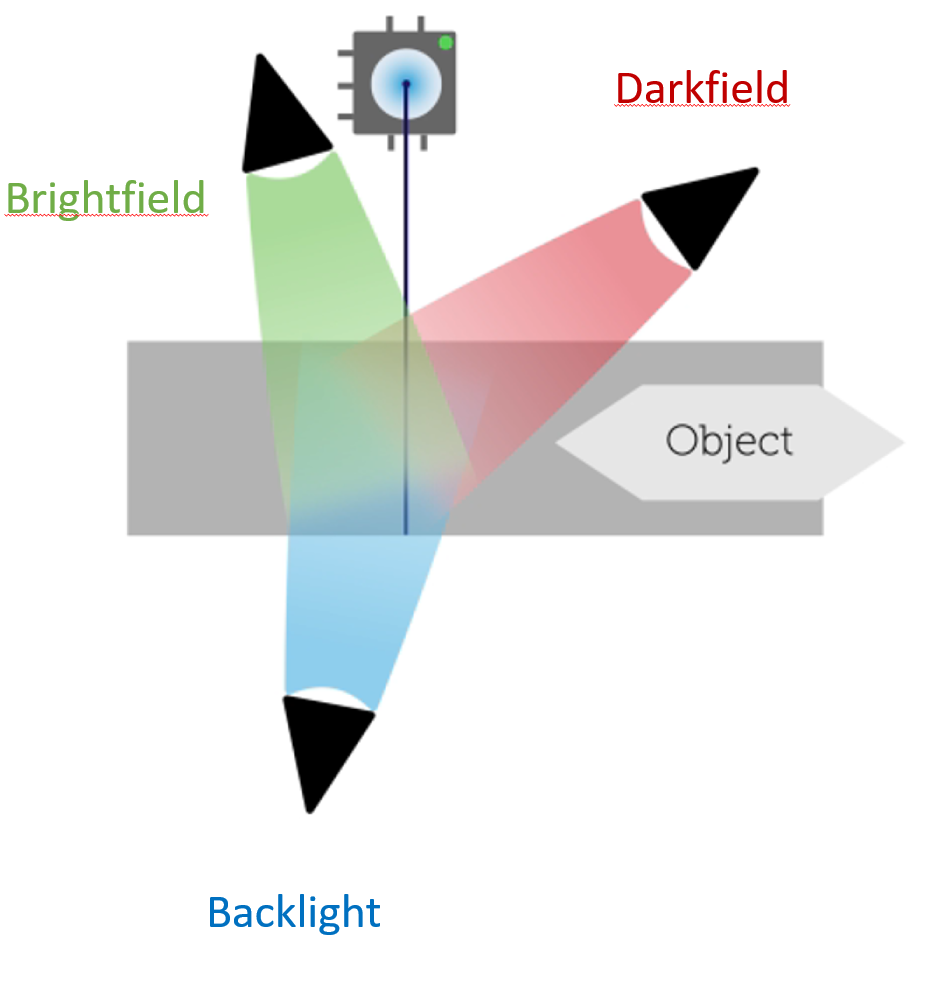
8. Wavelength Division or Time Division
One way to do this is using wavelength division: coating the silicon with colored filters for each field, separating the fields in the camera, and then reconstructing the fields using software. This way each channel receives the maximum exposure time.
The other method is to separate the light sources using the time domain, capturing each source in a different channel, eliminating crosstalk.
LEARN MORE
Want to learn more about getting ultimate clarity at high speed?
Watch this Webinar presented by Teledyne Business Analyst Mark Butler, and Teledyne Senior Product Manager Xing-Fei He, where they dive deeply into the best practices, technology, and innovations that are enabling higher speeds, higher sensitivity, and better detectability, all at lower costs.



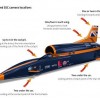 Attempt to break world land speed record puts vision system to the test
Attempt to break world land speed record puts vision system to the test 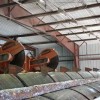 Integrated vision system helps speed production, maximize efficiency at Pleasant River Lumber
Integrated vision system helps speed production, maximize efficiency at Pleasant River Lumber 